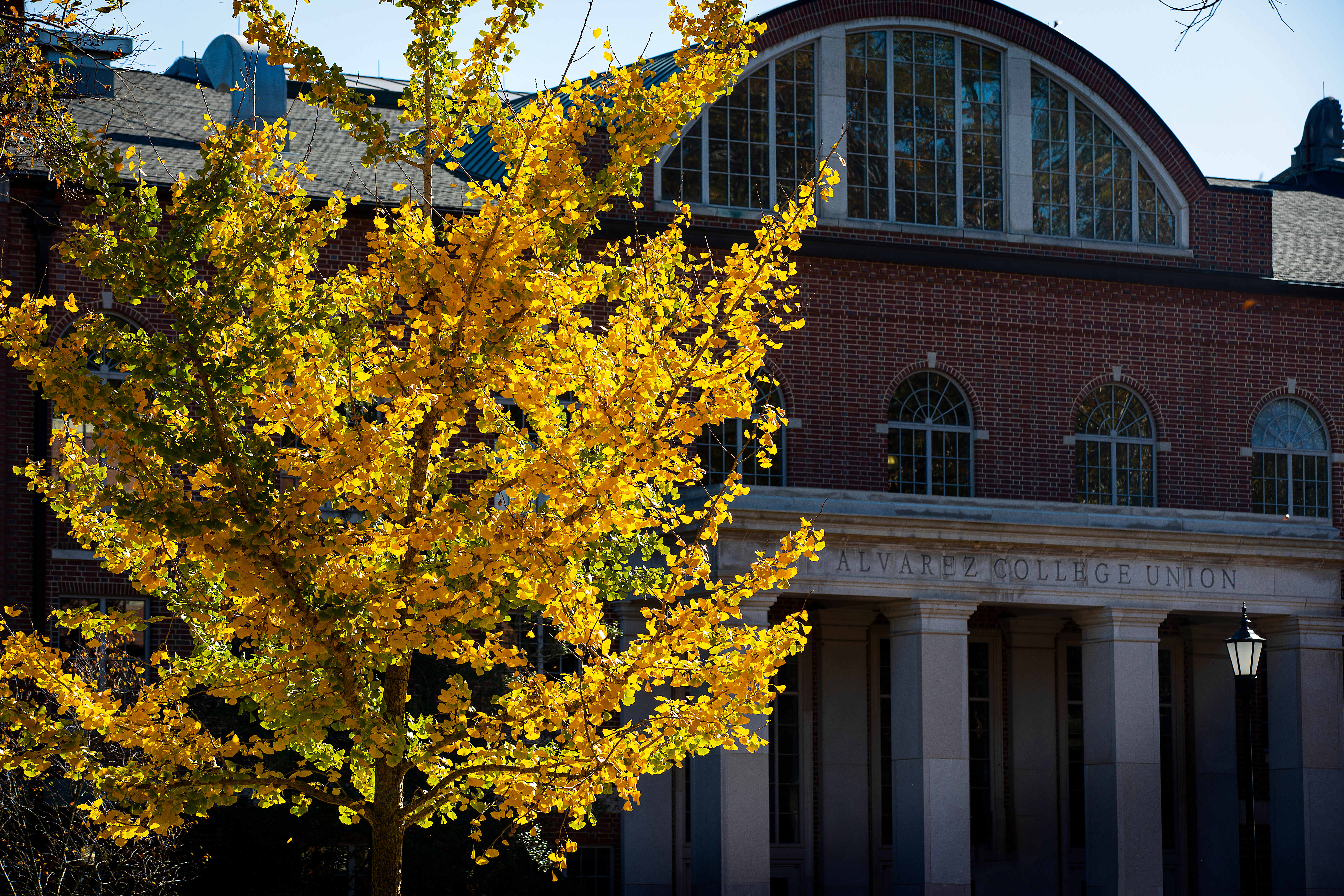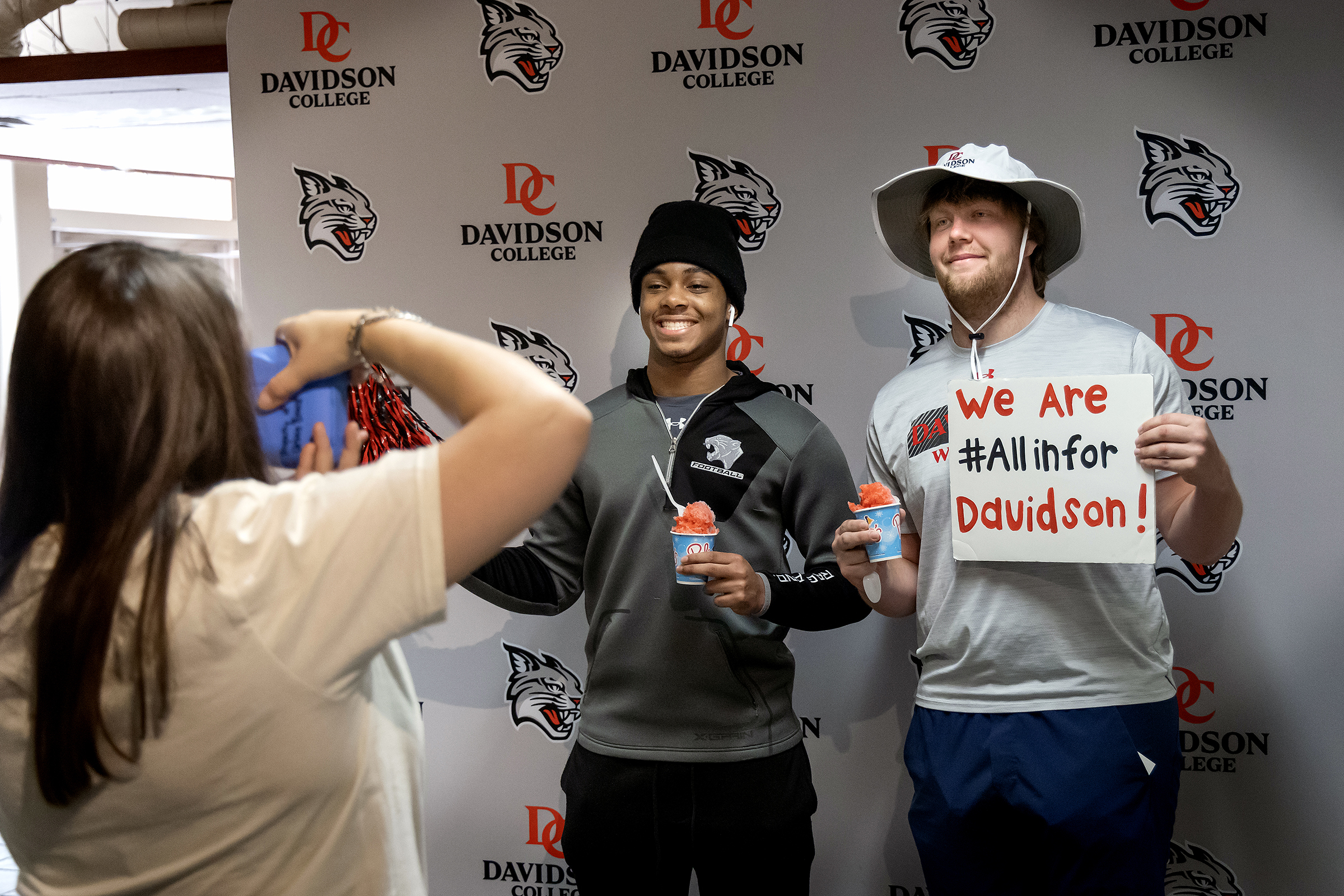What Is Black? Students Unlock Mystery of Ancestry Through Genetic Testing
June 22, 2017
There is no genetic foundation for race. Genes–those building blocks of DNA–determine only the specific traits that, grouped together, are commonly called "race."
Nearly two decades ago, the architects of the Human Genome Project announced that human beings are 99.9 percent genetically identical. Their findings inspired awe and hope for a new era of medical advances, and presented to the world scientific data that upended culturally constructed notions of identity.
Among other revelations, the project demonstrated that genetic sampling from within a particular race typically shows more variations than a comparison between different races.
Now, ads for and television shows about direct-to-consumer genetic ancestry testing fill the airwaves. For a nominal fee, the tests allow consumers to gain a more nuanced understanding of their genetic makeup. With the help of the James G. Martin Genomics Program at Davidson, a group of students availed themselves of the technology in the hope of better understanding who they are and where they are from.
Applied Science
The national political climate and a rash of police shootings brought issues of race to the forefront early in the spring semester, prompting deep discussion and soul searching among members of the Upsilon Mu chapter of Delta Sigma Theta, a historically Black sorority.
In the hope of starting a dialogue on campus, the sorority hosted the program "Black Is, Black Ain't," where students examined questions of race from a variety of social, cultural, historical and personal perspectives.
Melissa Hayban '17 invited her biology professor, Malcolm Campbell. Campbell showed up; he was the only white person in the room.
During the discussion, a particular lament struck Campbell's ear–and his heart, and his intellect: African-Americans often face a unique roadblock when researching their own genealogy, the lack of documentation because of slavery and its aftermath.
Where whites could have a trove of family letters or a historical marriage license, African-Americans might only have latter-day shreds of oral tradition, or a bill of sale, or nothing.
These students were hungry to know where they came from. Campbell realized that, as director of the James G. Martin Genomics Program, he could help shed scientific light on the question.
A few weeks later, members of the Black Student Coalition collected saliva samples and sent them off to a lab vetted and approved by Campbell for ethics and integrity, as well as scientific rigor.
Why only black students?
"There's an idea of being Black that's not as well-defined as other ethnicities and races," said Jada Wiggleton-Little '17 of the Black Student Coalition.
"Black could encompass students who have Caribbean descent, who have Latina descent, who have African descent, who just really don't even know where their family comes from," she said. "So that leaves this mystery for students of what it means to be black, that students grapple with every day."
Where in the World?
When the results came back, Campbell ordered pizza for a "reveal" gathering. He showed a video featuring a similar scenario before sharing his own DNA results on screen, and his surprise that he was not nearly as "purely" Scottish as he'd always assumed.
Campbell carefully framed the very personal, and potentially emotional, nature of learning one's own genetic ancestry.
"Proper etiquette is not to ask, ‘What's your percentage?'" he told students, to nervous laughter.
Then, each student received a code to find out where in the world they came from.
"This showed me deeper connections than I personally could see," Taylor Harris '17 said. His results showed DNA from Africa, from the Jewish diaspora, from Eastern Europe, even New Zealand. "It's just way more spread out than I thought it would be. It makes me want to get my parents to do this. It also makes me want to travel more!"
Camille Johnston '18 pondered the cultural and ethical implications of the test.
"A lot of the issues we have today would not be a problem if we all had access to this information about ourselves," she said. "But it wouldn't be a good idea to make it too publicly available, because some people would take it too far."
Some students opted to open themselves to potential global connections through the research lab's "family tree" portal.
A few weeks later, Salome Araya '19, connected online with someone with whom she shared Ethiopian DNA, a woman who had been adopted and moved to Sweden as a child in the 1970s.
"For me and my family, this is really exciting," Araya said. The woman had traveled to Ethiopia many times in search of family, but found a genetic connection in Araya.
Fundamentally, said Wiggleton-Little, the parameters of what history has come to call race, and what we make of it–both the sum and the parts–is a defining choice.
"Who you think you are can only change if you allow yourself to change," she said. "This just says we are all united."
John Syme
josyme@davidson.edu
704-894-2523



